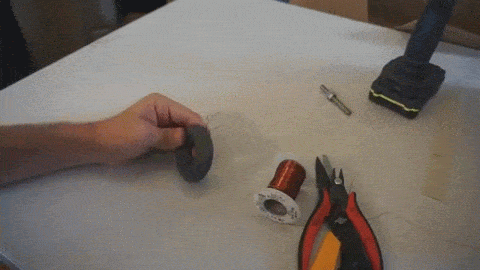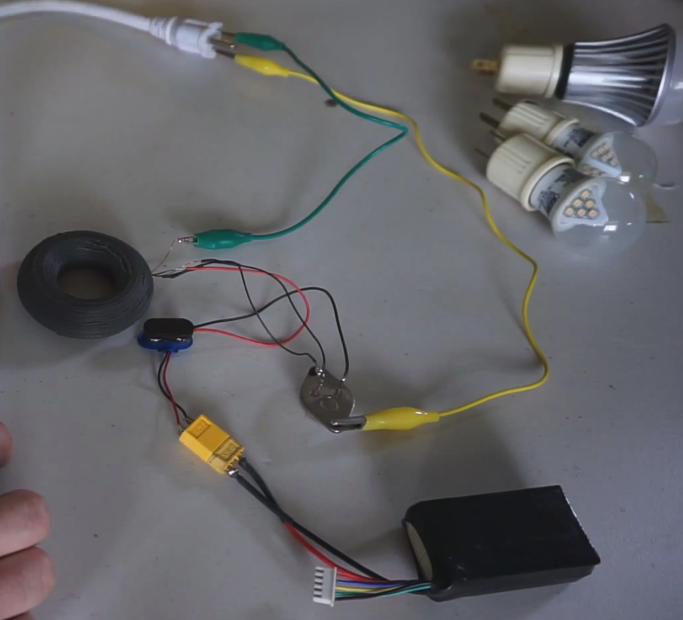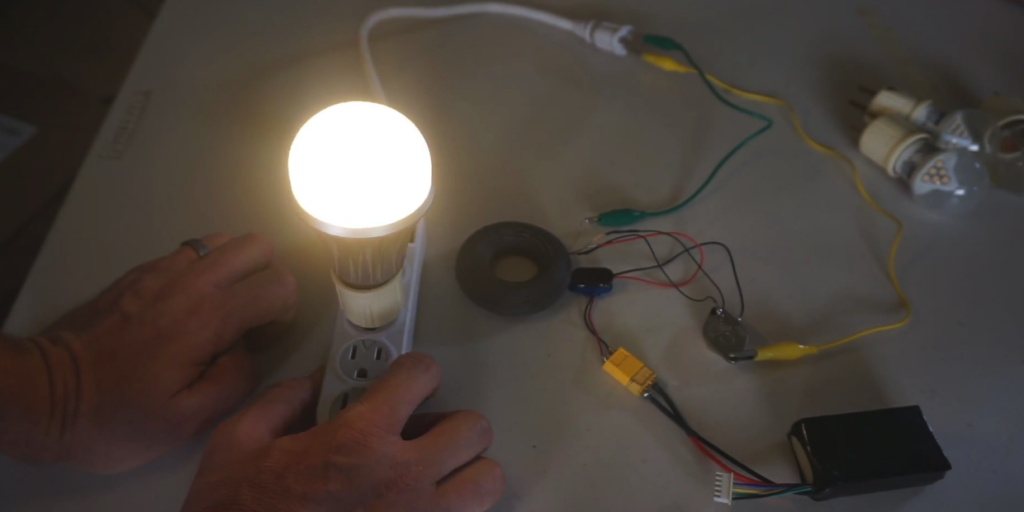 While many innovators and inventors are trying to come up with new ideas for enhanced 3D printer hardware, the true advancements in 3D printing will occur within the material space. Over the past couple years, we’ve seen the 3D printing materials space advance quite a bit, with the introduction of conductive filaments, wood-based filaments and even color-changing materials. One of the companies at the forefront of this space is ProtoPlant, with their Proto-pasta line of filament.
While many innovators and inventors are trying to come up with new ideas for enhanced 3D printer hardware, the true advancements in 3D printing will occur within the material space. Over the past couple years, we’ve seen the 3D printing materials space advance quite a bit, with the introduction of conductive filaments, wood-based filaments and even color-changing materials. One of the companies at the forefront of this space is ProtoPlant, with their Proto-pasta line of filament.
They offer a huge range of material options, from conductive PLA to carbon fiber, stainless steel and even magnetic iron composites. For one maker, who runs a website called LaserHacker, receiving a spool of Proto-pasta Magnetic Iron PLA filament meant one thing — he would attempt to 3D print a working power transformer.
A transformer is a device that is used to transfer energy between multiple circuits using electromagnetic induction, so the idea of 3D printing a transformer could certainly be a big step in a direction leading to the more widespread fabrication of 3D printed electronics. LaserHacker purchased a spool of the Magnetic Iron PLA from 3D printer manufacturer SeeMeCNC, and then he got to work, trying to create his device.
“[The Magnetic Iron PLA] is really quite magnetic,” LaserHacker explains. “It has some very interesting properties. Even though it is a ferromagnetic material, during testing I discovered that it did not make a strong electromagnet. I think that its low permeability is due to the fact that the iron is dispersed throughout the PLA, and I think that prohibits it from concentrating the magnetic flux into a strong field.”
While the filament didn’t hold up all that well in creating an electromagnet, LaserHacker was however able to create a functional, working 3D printed transformer with this material. He designed his coils in a way that he could test the current draw as an air core, and then test them again with the 3D printed power transformer around them. In doing this, it allowed him to see if the 3D printed transformer actually did anything at all in enhancing efficiency.
What he found was that it did in fact increase the efficiency of the coils, when the 3D printed transformer was placed around them. There was a significant drop in current when the coils were run with the 3D printed turret around it.  At the same time though, LaserHacker says that it would not be in anyone’s best interest to run a very high current through the coils, as this would cause them to heat up to a degree that could melt the Magnetic Iron PLA.
At the same time though, LaserHacker says that it would not be in anyone’s best interest to run a very high current through the coils, as this would cause them to heat up to a degree that could melt the Magnetic Iron PLA.
“So this 3D filament is worth experimenting with, [and] it’s worth prototyping new ideas with,” he explained.
To show that the transformer worked, LaserHacker used several light bulbs, ranging from LCD to regular incandescent bulbs, and even CFL bulbs. This proved that the 3D printed transformer could work quite nicely.
LaserHacker says that this is just the beginning for him, when it comes to experimenting with the Proto-pasta filament, as he plans to experiment further in the near future. Next he will try printing circuits using the company’s Conductive PLA filament.
What do you think about the idea of 3D printing a power transformer? Is this something that will help in the production of electronics in the future? Discuss in the 3D Printed Power Transformer forum thread on 3DPB.com. Check out the video created by LaserHacker below. For those of you interested in trying out this filament, you can purchase 5-10 meter samples over at GlobalFSD.
Subscribe to Our Email Newsletter
Stay up-to-date on all the latest news from the 3D printing industry and receive information and offers from third party vendors.
Print Services
Upload your 3D Models and get them printed quickly and efficiently.
You May Also Like
The Market and Industry Potential of Multi-Material 3D and 4D Printing in Additive Electronics
Additive manufacturing leverages computer-based software to create components for products by depositing either dielectric or conductive materials, layer by layer, into different geometric shapes. Since its birth in the 1980s,...
3DPOD 262: Bio-inspired Design for AM with Dhruv Bhate, Arizona State University
Dhruv Bhate is an associate professor at Arizona State University. There, he looks at structures, materials, and design. Previously, he worked at PADT as well as in the semiconductor and...
3DPOD 261: Tooling and Cooling for AM with Jason Murphy, NXC MFG
Jason Murphy´s NXC MFG (Next Chapter Manufacturing) is not a generalist service; instead, the company specializes in making tooling. Using LPBF and binder jet, the company produces some of the...
3DPOD 260: John Hart on VulcanForms, MIT, Desktop Metal and More
John Hart is a Professor at MIT; he´s also the director of the Laboratory for Manufacturing and Productivity as well as the director of the Center for Advanced Production Technologies....


































